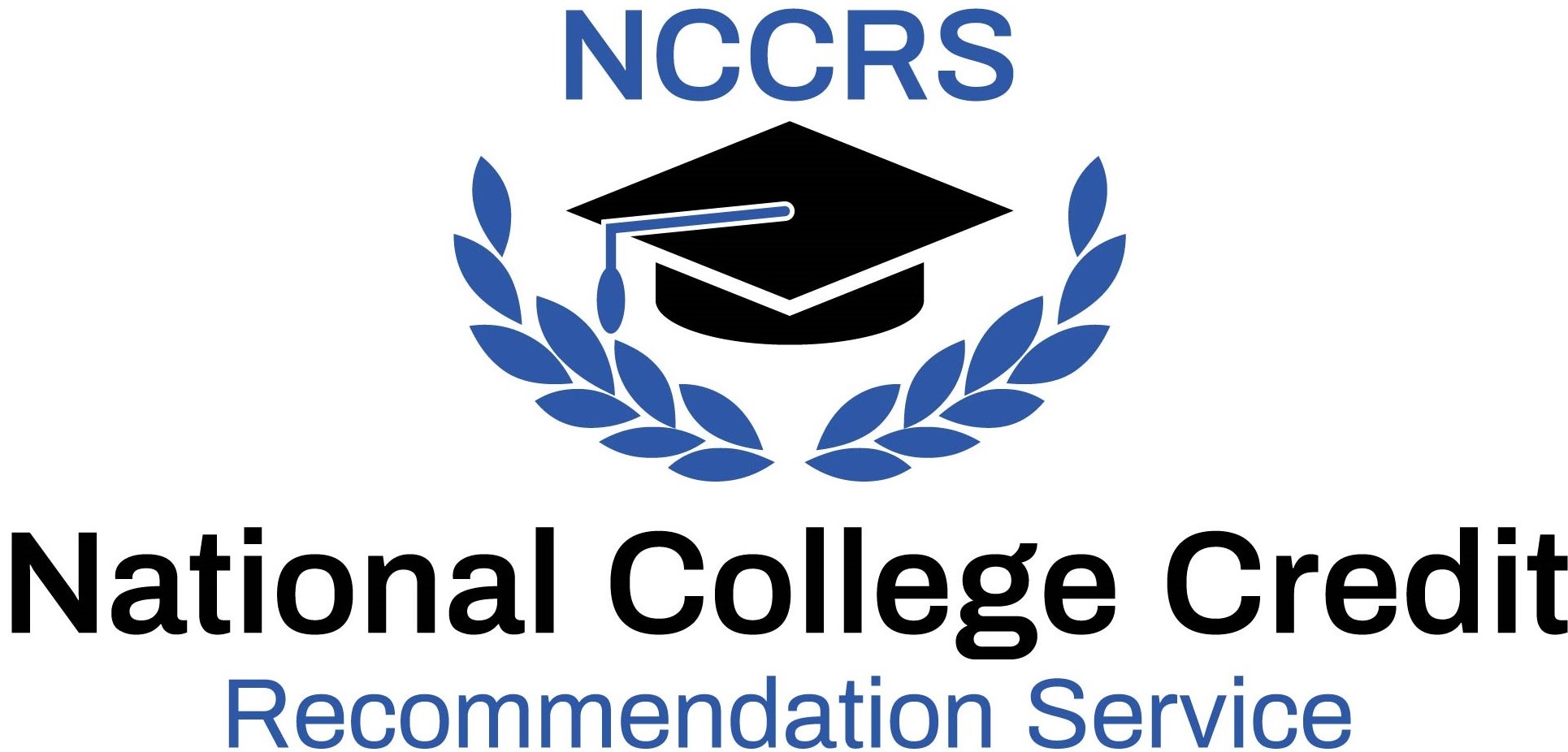Coopersmith Career Consulting | Evaluated Learning Experience
Trigonometry (MTH-325)
Varies; (self-study; self-paced).
June 2025 - Present.
Upon successful completion of the course, students will be able to: identify and convert between degrees and radians, and explain their use in measuring angles; apply trigonometric ratios to solve for unknown sides and angles in right triangles; use the unit circle to determine exact values of trigonometric functions for key angles; graph sine, cosine, and tangent functions and describe their amplitude, period, phase shift, and vertical shift; analyze and perform transformations on trigonometric function graphs, including reflections and shifts; prove and simplify trigonometric identities using algebraic and graphical methods; solve basic and complex trigonometric equations within specified intervals using appropriate techniques; use the Law of Sines and Law of Cosines to solve oblique triangles in real-world scenarios; model periodic phenomena using trigonometric functions and interpret the meaning of parameters in applied contexts; and synthesize and apply knowledge of trigonometric concepts to solve multi-step nproblems and prepare for advanced mathematical study.
Trigonometry is a theory-based course that offers a comprehensive introduction to the principles and applications of trigonometry. The course guides students through foundational and advanced topics with the help of self graded practice assignments. Students begin by exploring angle measurement, right triangle relationships, and the six fundamental trigonometric functions. Students then build on this knowledge by examining the unit circle, graphing trigonometric functions, and applying transformations such as amplitude changes, phase shifts, and periodic modifications. They investigate a wide range of trigonometric identities, learn to prove and simplify complex expressions, and solve both basic and advanced trigonometric equations. Special focus is given to solving both right and oblique triangles using the Law of Sines and Law of Cosines. The course concludes with a comprehensive review to reinforce concepts and prepare for cumulative assessment. Emphasis is placed on concept mastery through structured lessons, examples, and practice problems within the instructional content. This course is ideal for learners seeking to develop a deep understanding of trigonometry to support further study in mathematics, science, or technical fields.
In the lower division baccalaureate/associate degree category, 3 semester hours in Applied Mathematics, Mathematics, Business, Engineering, Civil Engineering, Architecture, Computer Science, Natural Sciences, or General Education (6/25).



